I feel like I should thank all of you for being so perpetually indulgent with all of my obsessive posts about Volkswagen Beetles over the years. I realize many of these tend to focus on details so obscure and bafflingly specific that many of you may be left dizzy and seeking the counsel of a trusted clergyperson. But, deep down, I think you’ll realize that all of this is worth it, filling a chasm deep within you that perhaps you never even realized needed filling. That’s why I’m coming to you today with this important and fascinating rarely-seen detail about one of the most obscure Beetles ever.
The Beetle in question is specific to one specific market, built by one of VW’s many satellite factories, each of which operated with varying degrees of independence from the Wolfsburg Mothership. That market was South Africa, and the Beetle in question was known as the 1600S, or Super Bug.
I’ve written about these before, years ago at the Old Site, but I suppose a little refresher course is in order, about what are colloquially known as the Beetle and Super Beetle. The Super Beetle (also known as the 1302 and later the 1303) we the most radical changes VW ever did to the Beetle, mostly in an effort to modernize the front suspension and improve cargo room in the trunk.
The way they did this was by switching from a space-greedy torsion bar front suspension to a MacPherson strut-type suspension, which opened up a lot more room between the wheels. The 1302 Super Beetles came out in 1971, and then were updated again in 1973 (the 1303) to have a much bigger, curved windshield and a “real” dashboard instead of the archaic flat padded dash panel Beetles had before.

The Super Beetle trunk was about twice as big as the standard one, and really did improve luggage accommodation significantly:

Look at that whole ball team’s worth of stuff fitting in there, easily! Also, would it kill those coaches to organize that stuff a bit?
Now, in VW of South Africa, they noticed this bold new Beeticular Innovation from the Mothership. They got a 1303 (big windshield ’73 and up Super Beetle) to evaluate and found a lot they liked. They wanted to build one of their own, but didn’t have the tooling or resources to build a true MacPherson-strut-type Beetle. So, they picked out the bits they liked, and figured out a way to graft those onto the older torsion-bar-suspended Beetle:
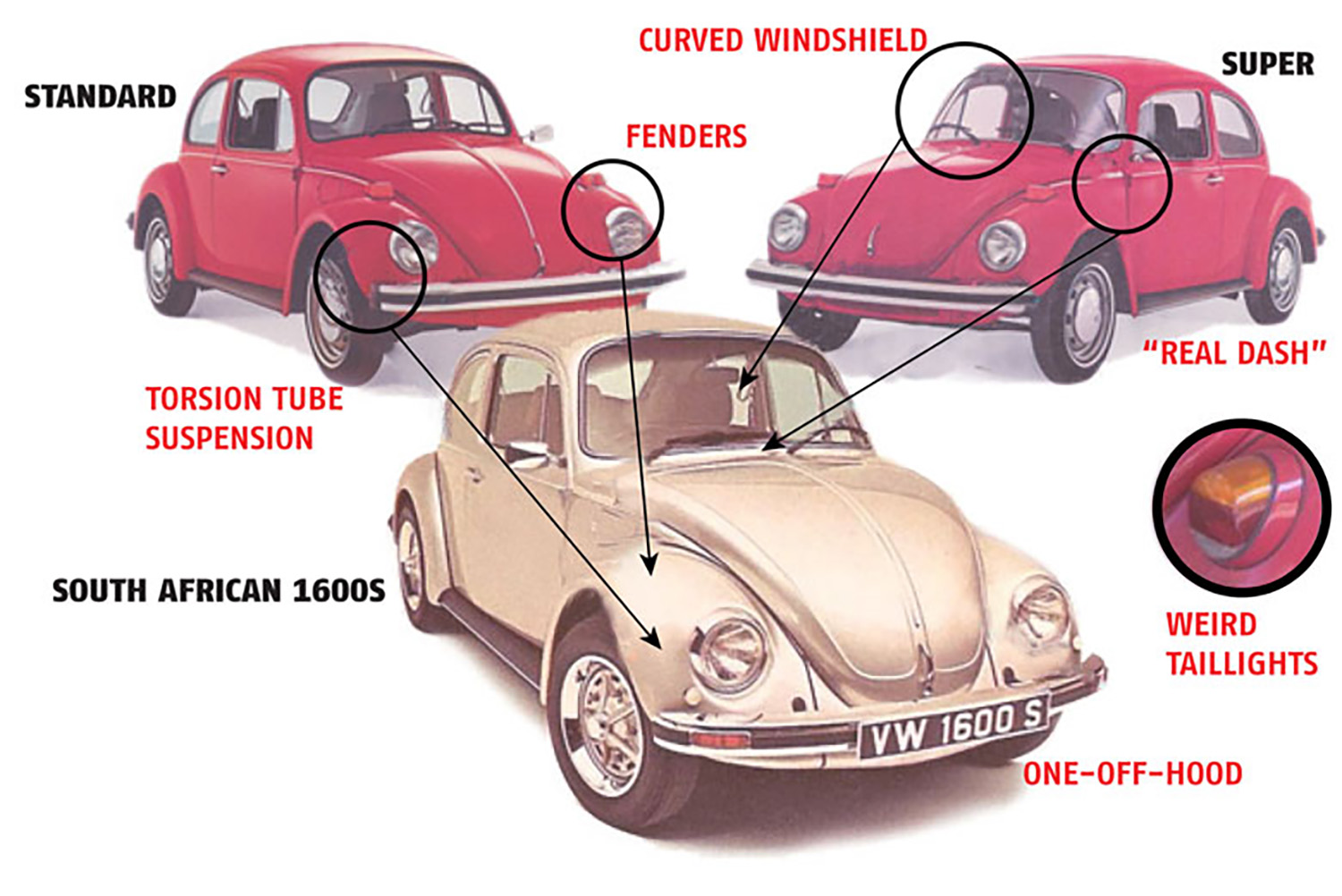
It’s kind of a Frankenstein’d thing, but I think the VWSA did a pretty good job integrating the parts to make this hybrid beast. Here’s what their Super Bug looked like next to their standard Beetle; the Super is on the right:
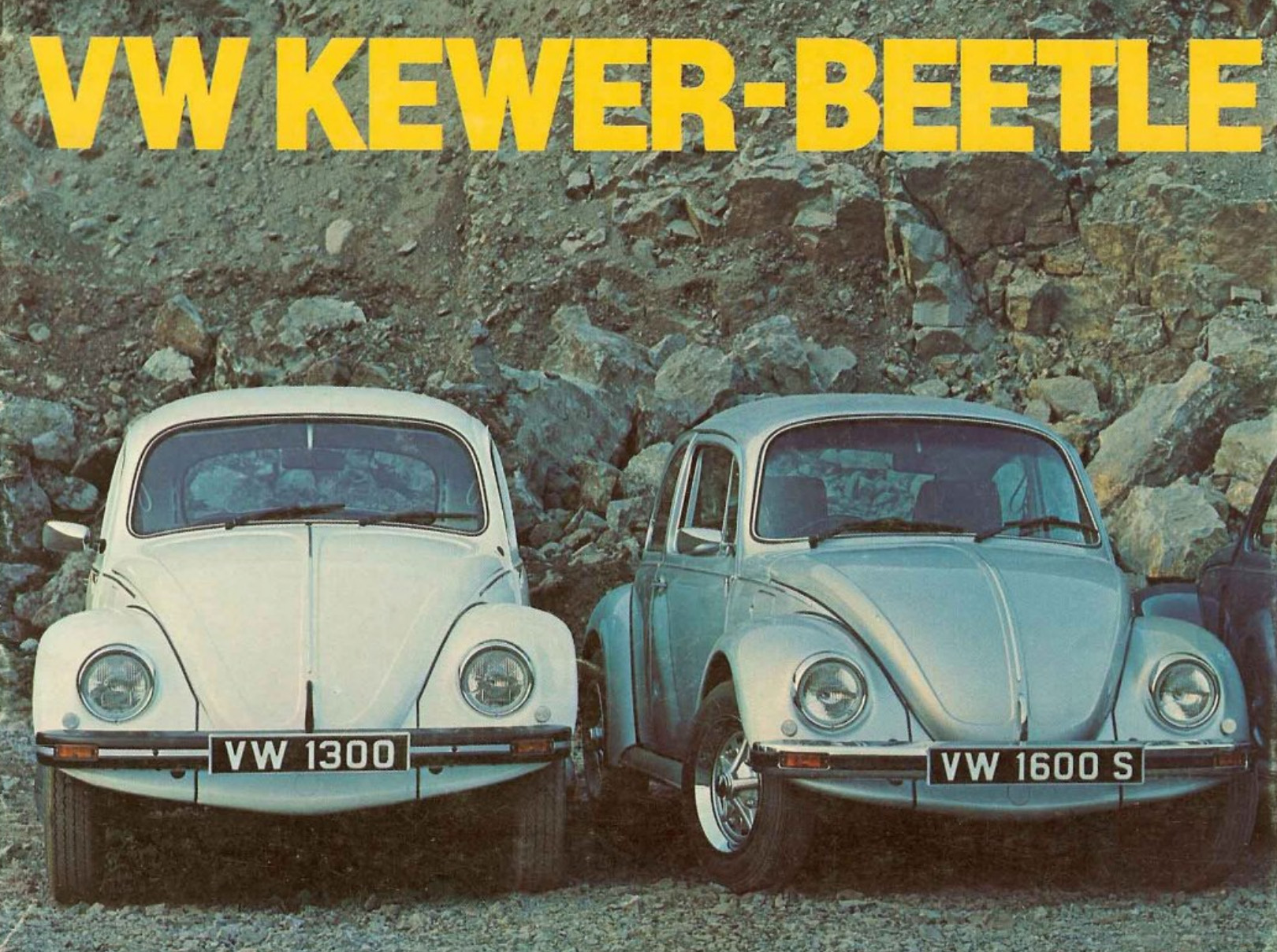
So, a bit more subtle than the difference between the German Super Beetle and standard Beetle, but you can see the difference in the hood and windshield. There were other upgrades, of course, befitting that “Super” moniker, which is a lot to live up to, but if you were into headrests, they had to covered:
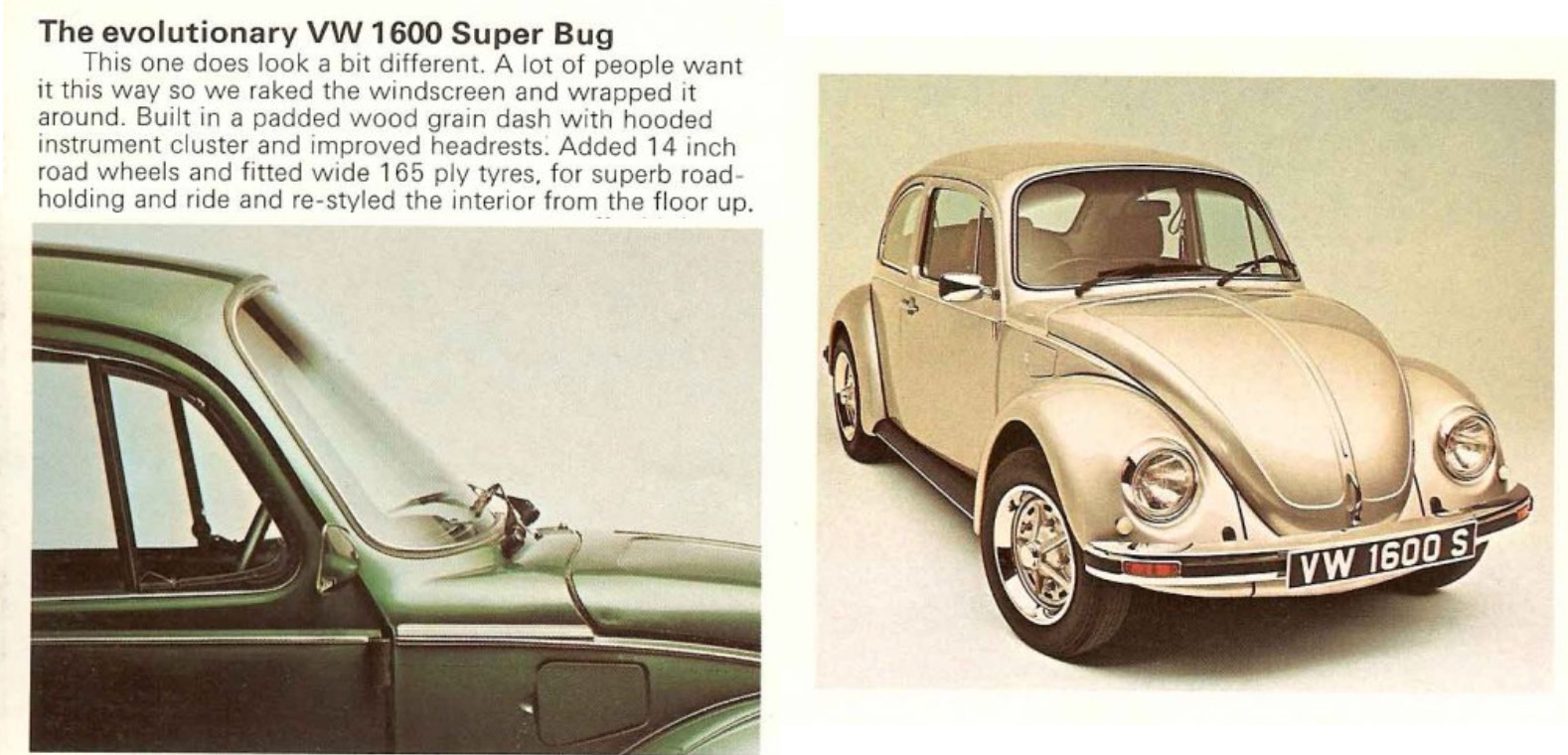
Here’s a couple other details from the example in the Franschhoek Motor Museum:
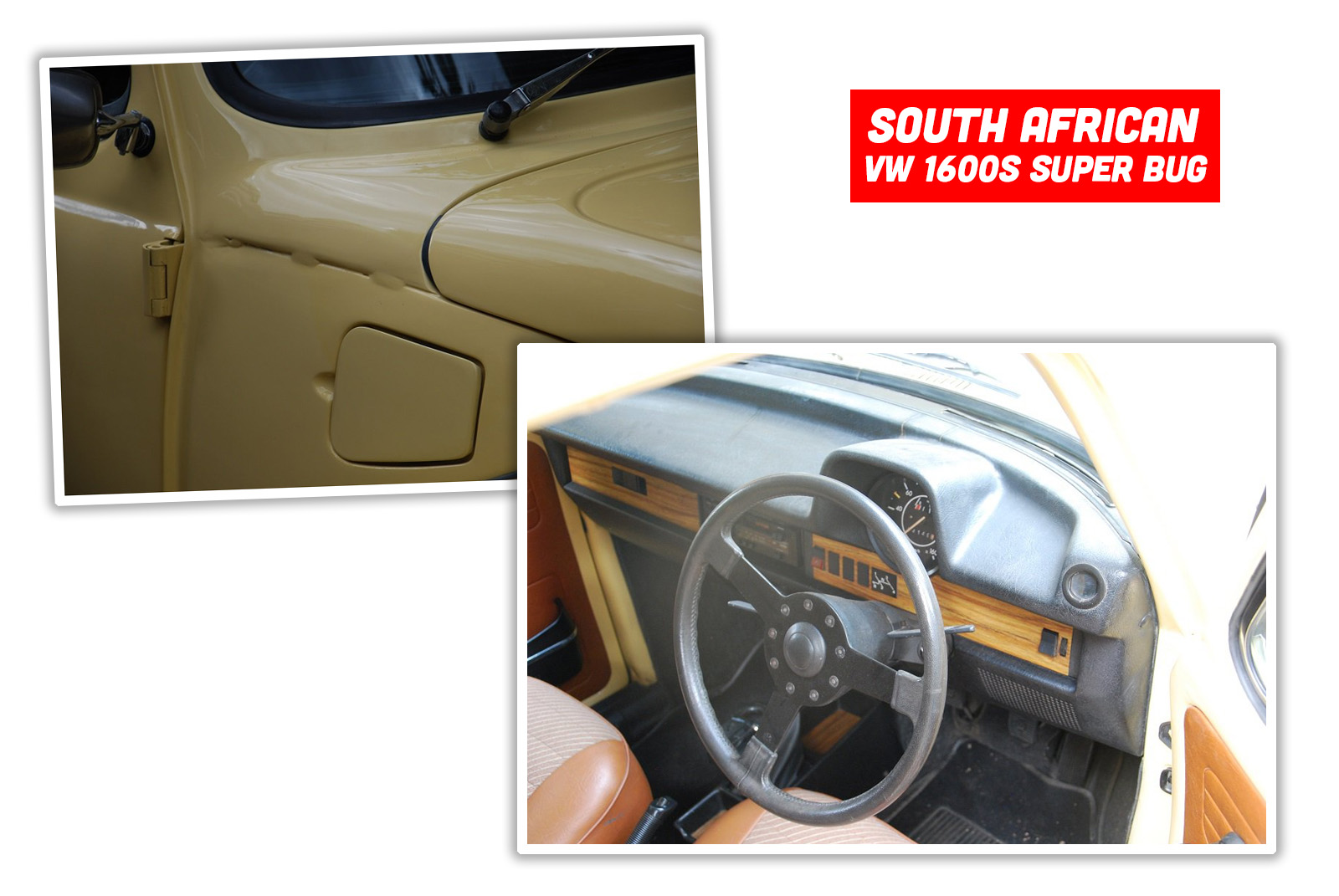
In the upper left there you can see where the upper roof/windshield panel was welded to the sides of the body, and that answers a question I’ve had about Super Beetles for a while, which is What Does It Look Like Under This Weird Trim Piece?
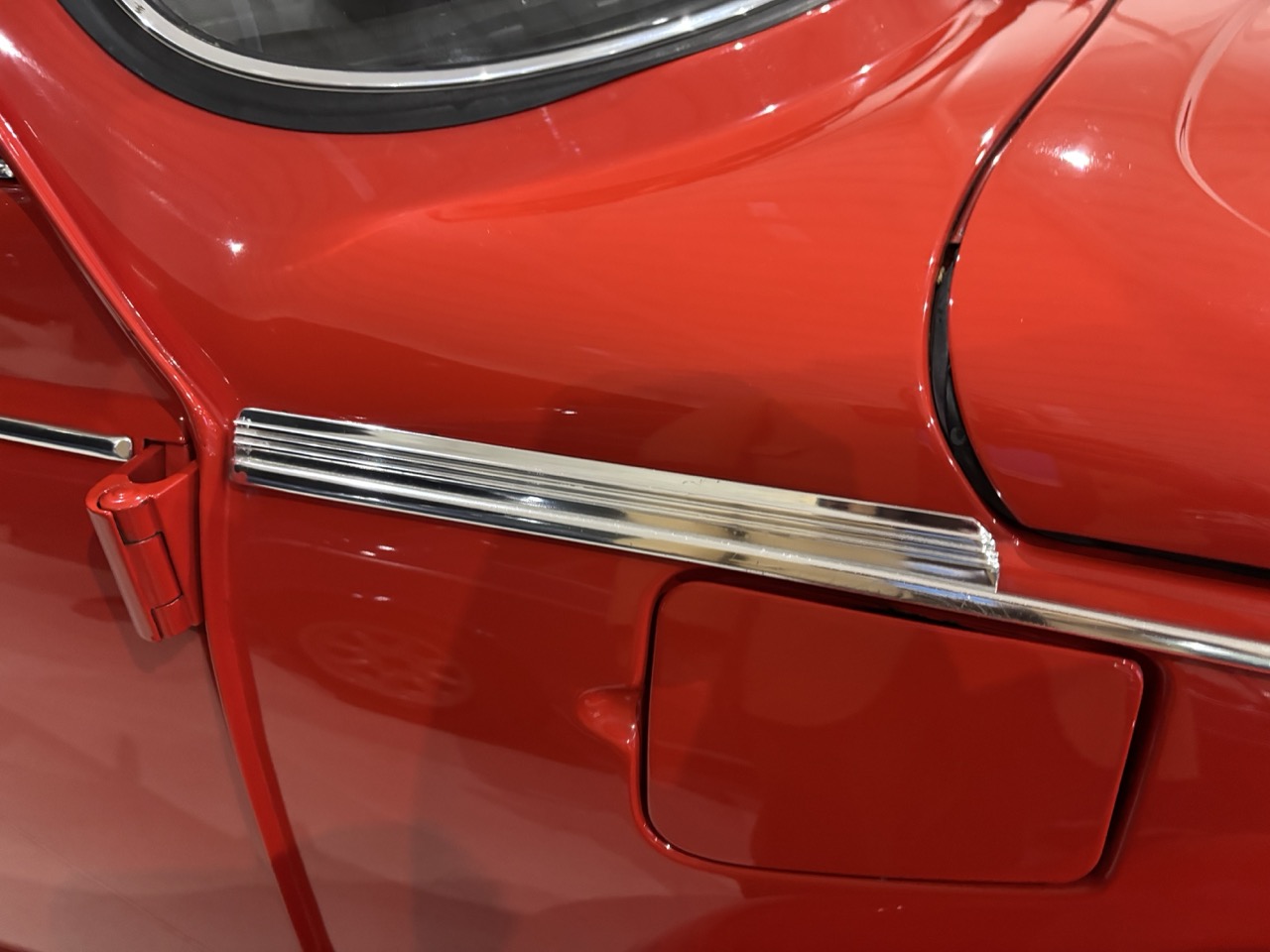
That’s from a US-Market 1303 Super Beetle, but the South African ones used this same trim bit. Now we know what the welds looked like underneath! The Dashboard with its hooded instruments looks pretty much the exact same as the 1303’s from the rest of the world.
But the part I’ve never seen before, the whole point of writing this, is that I’ve never seen what the trunk looks like on these SA 1600S cars, and I’ve wanted to. Once again, thanks to the people of the Franschhoek Motor Museum, I finally have my chance. Are you ready? Here we go:
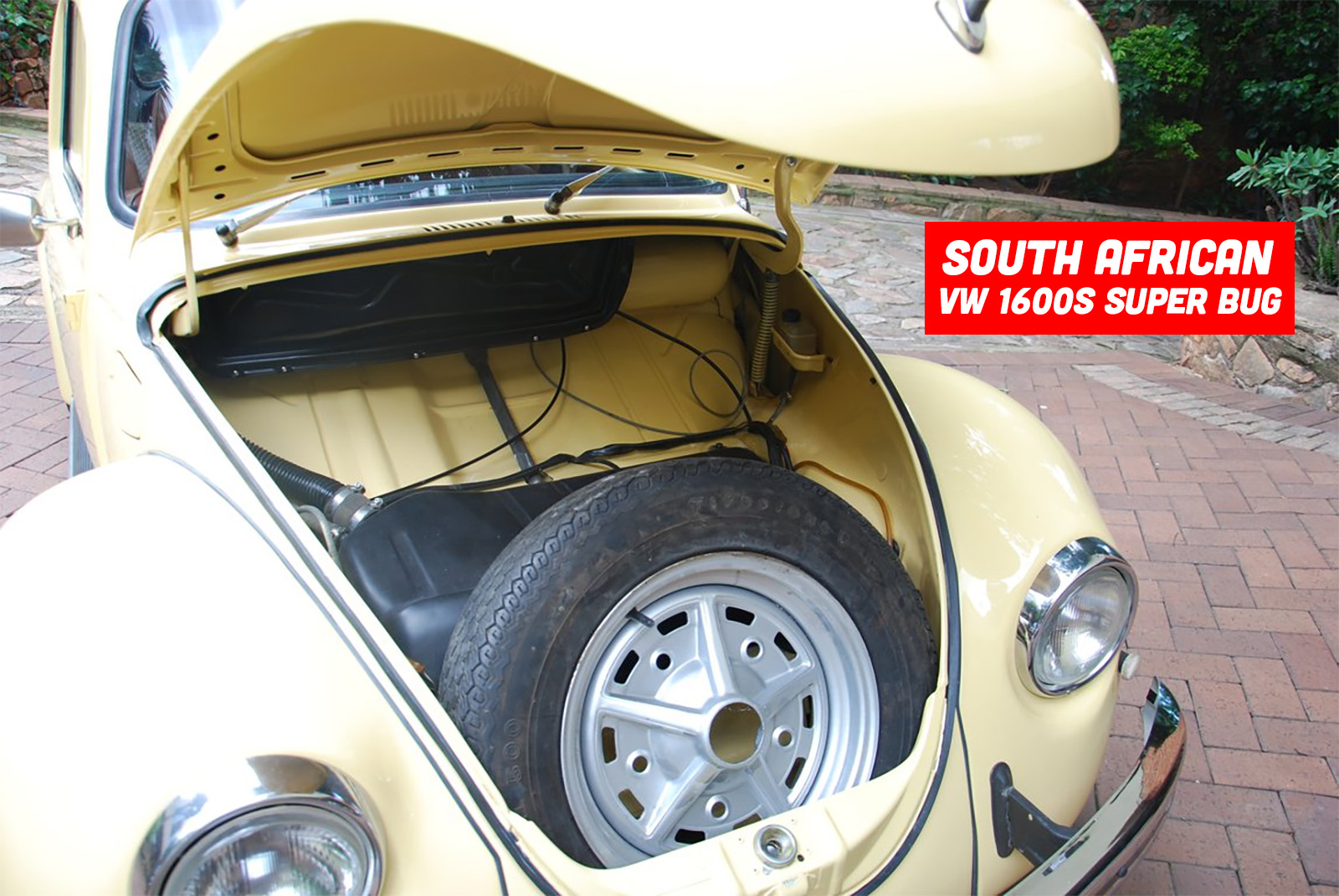
Huh. Well, that’s pretty much just like a standard Beetle’s trunk. I’m not sure what I was hoping for – the spare tire would need to be in the same spot there to clear the torsion tubes and all that, so it’s pretty much the same size trunk. Well, maybe it’s a little bigger, with that slightly more bulbous unique-to-SA 1600S-front hood? I hope it is, at least a little.
Anyway, this is a big day for me, another mystery revealed! Oh, and one other thing about these South African Beetles: they used a similar sort of “elephant’s foot” taillight, the kind we’ve seen in two versions on 1973 and up Beetles:

…only in South African there was a third variant, which differs in two crucial ways:
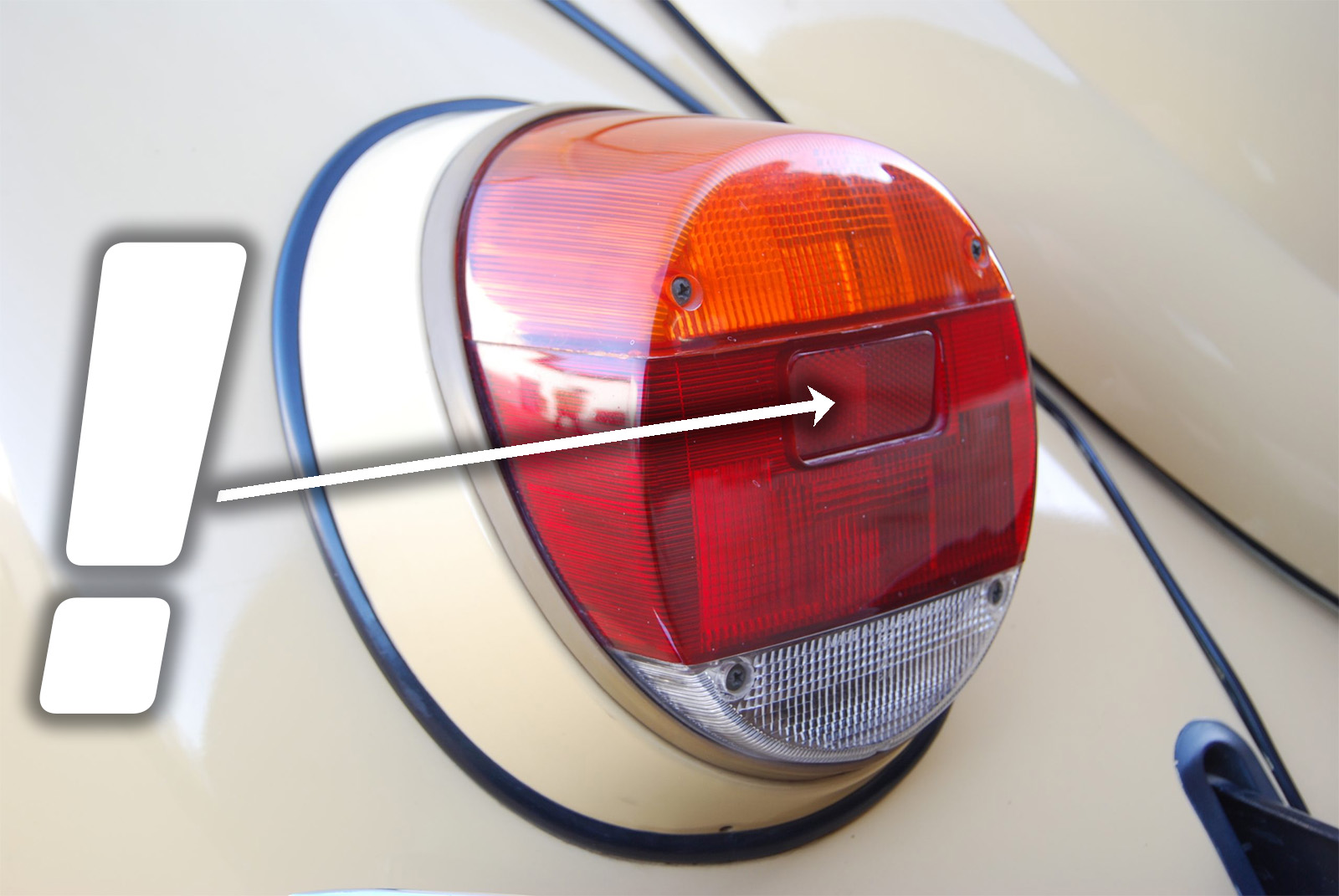
First, it has this weird smaller inset reflector, instead of the full-width reflector of the Global/Mexico variant or the squarish doubling-as-a-taillight-lens one of the US-spec one, next to the separate brake lamp section. Also, the SA-market ones had that funny body-colored cuff to mate these new lights to the older-style rear fenders still used in that market.
Oh, and of course, there were the South Africa-only little white reflectors that they required on all cars up until the, what, 1990s?
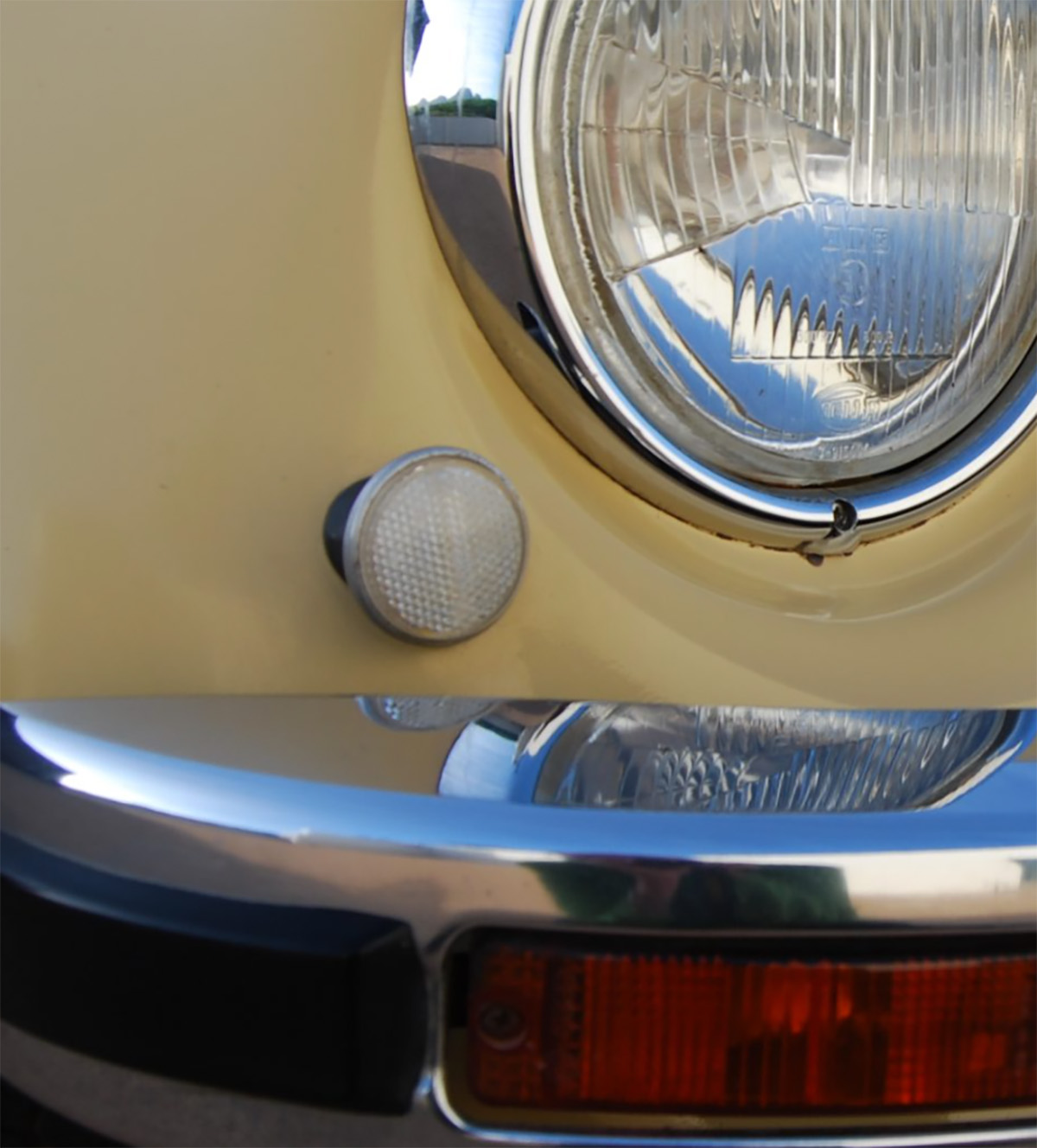
See? I warned you this would be kinda obsessive!

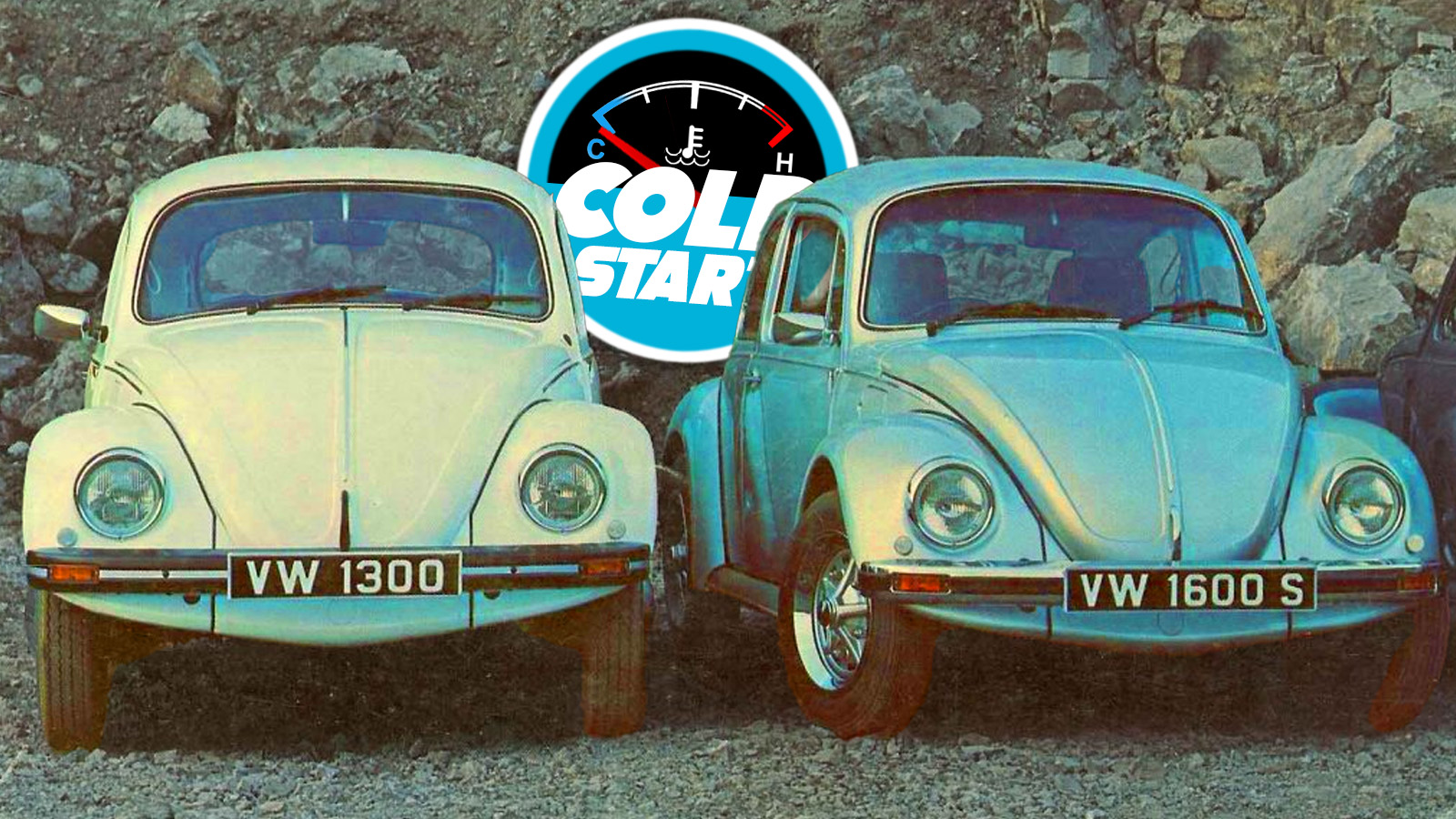



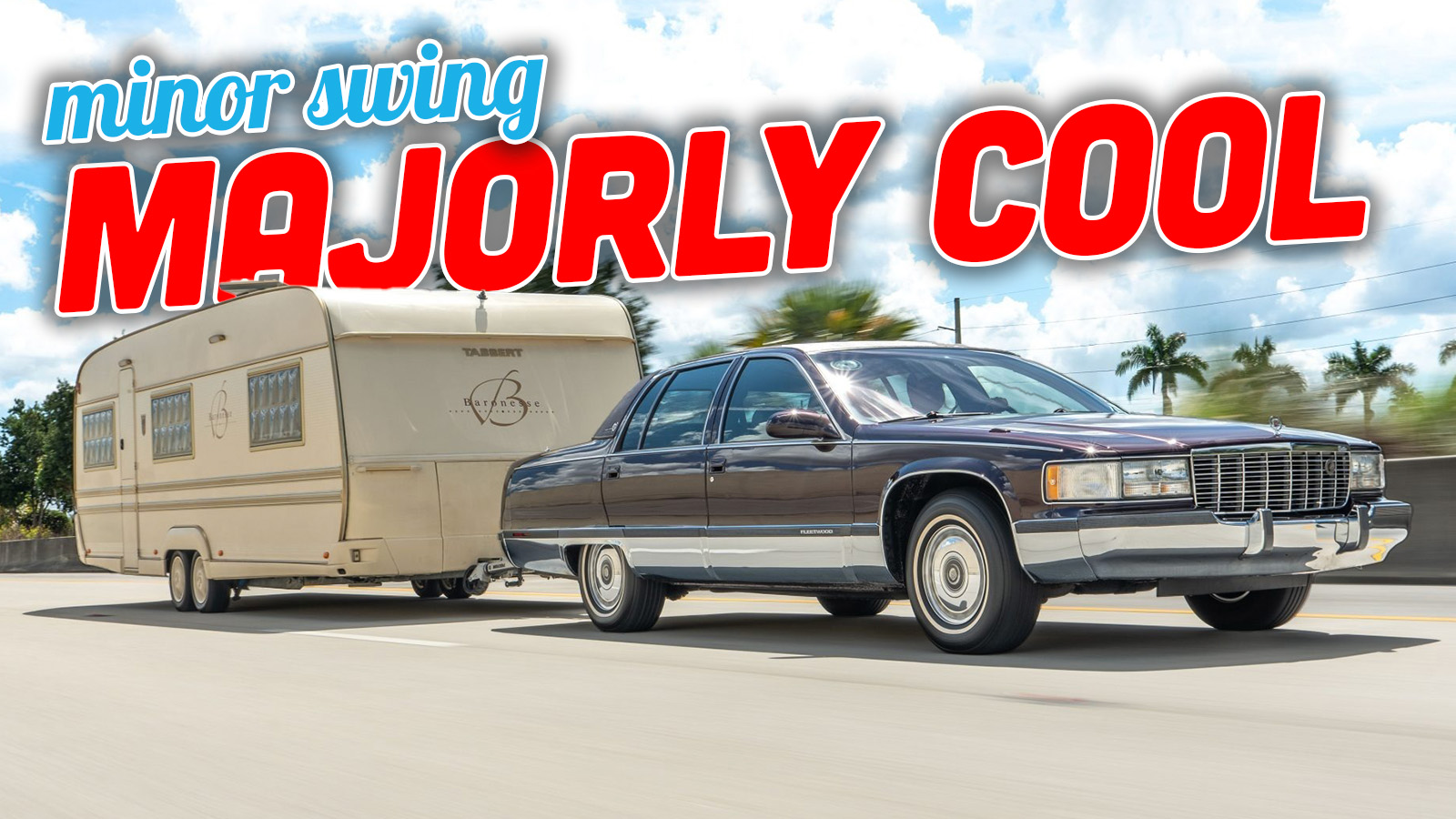


South Africa ended the requirement for the white reflectors in 2018 when updating its vehicle regulations to harmonise with the international regulations.
ex-vw employee here. the super beetle was designed to have a front engine wankle, but they couldn’t get the economy, smog or reliability of the type 1 engine (30.000 miles between valve jobs?)
Are your beetle posts on the old site ‘owned’ by the old site? Even if they aren’t considered new posts on the front page, it would be great to have all of your VW beetle posts migrated to here, for one big compendium.
Growing up in a family of five with a Beetle as our family car, I can definitely tell you it had enough space with the smaller trunk. Then again, we didn’t have as much shit with us all the time like people do now.
J.B.S. Haldane, on meeting Jason Torchinsky: “I can infer that he has an inordinate fondness for Beetles.”
The Beetle’s long production, combined with the design leeway given to localized factories, kind of lends itself to this kind obsessive study of the variations that were built.
Even though the top-of-fender lights didn’t appear until 1958, to me they were a distinguishing feature – the eyebrows to the headlights looking like eyes – that when they got moved to the bumper (as in the lede photo), the Late Beetles remind me of a woman who has removed her eyebrows.
Obsessive, anal details are the trademark of this site.
Really, I subscribe to the Autopian specifically for Torch’s anal content.
Bravo, Sir, Bravo.
Something that caught my eye was the spare tire. It uses a five lug bolt wheel and not a four bolt wheel VW generally adopted everywhere in 1968.
Car has 14″ wheels fitted with 14×165 tires.
VW had satellite factories in the 60s and 70s? Eat your heart out (please) Elon!
Ok, you got me on this one. Didn’t know that a “Super” existed without strut front suspension. I have several standards and a 1302, but this article done learnt me something.
And knowing is half the battle… GI Joe
Or, you could say it’s half the Beetle
Strange, I thought you wrote about that at the old site about a decade or so ago? https://www.jalopnik.com/the-freaky-frankenstein-vw-beetles-of-south-africa-5962574/
I did! And I linked it in the post right up there! “I’ve written about these before, years ago at the Old Site, but I suppose a little refresher course is in order, about what are colloquially known as the Beetle and Super Beetle.”
As a late Gen-X, Beetles of all sorts were still on the road in my youth. They were not everyday common though, although I can still tell one by the sound in a instant.
I for one can use the primer to know what I am looking at.
Still a slug Bug to me. That and dead headlight cars offered plenty of excuses to sock your friends and relatives on a long road trip.
I missed it, my bad
Huh, TIL some beetles didn’t have torsion bar suspension. One question, how did going from torsion bars to macpherson struts give the frunk more room? I’m really only familiar with aircooled 911s, which from what I understand are basically beetles with 2 more cylinders, but … even ignoring the torsion bar area of the frunk in my 911, removing it wouldn’t open up much space because that’s where the gas tank is. Is it not where the beetles is too?
Yeah, not quite the same layout. Porsches have the bars running fore and aft in the car, and are low mounted on the control arm. Beetles (Ghias, Things, etc.) have them running across the car. They’re stacked in the axle “beam” with one set of torsion leaves connecting the top control arms, and the bottom one connecting the bottom. They are locked into the beam with a bolt/lock nut to keep one side from turning against the other. Look at a VW based sand rail and you can see the layout. The gas tank sits sort of on top of and behind that beam. Spare tire sits vertically in front of it. So, less space overall. My Porsches have tons of space compared to Bug or Ghia.
But after changing it, did they drop the gas tank?
The main thing they did was to lay the spare tire flat on the ground and put a carpeted panel on top of it, which allowed luggage to go in front of the tank rather than just on top of it.
When I first saw that baseball pic, I thought they were gathered around a frunk full of meat products 🙂
And then my mind went down the day’s roster for the photoshoot. The 6-7 actors only had 5 minutes quick changes in between each session, so they had to make the daylight count. Production Assistants had to rush to unload crate-loads of various sports equipment to randomly throw in the frunk so the next market could get their pics done.
Then at some point around 4pm, one of the actors just loses his sh*t and starts asking what the f*ck “hurling” is and why Ireland even deserves a market-specific campaign or should they just reverse the photo like they did for the UK and go with the existing cricket theme.
“I feel like I should thank all of you for being so perpetually indulgent with all of my obsessive posts about Volkswagen Beetles over the years.”
Da nada!
Seriously, some people who normally don’t know jack about Beetles or even care much if at all have commented that they’ve actually found some of your Beetle posts of some interest, so that’s some pretty strong praise there.
And it’s one of the things that sets this website apart from so many automotive websites that obsess endlessly about unattainable and unrelatable supercars and garage royalty muscle cars.
So, by all means, please continue!
That difference between the Beetle and the Super Beetle in terms of windshields was brought home for me in a surprising and slightly painful way, lol. My family had a ’73 Super Beetle that one of my older siblings primarily drove for many years including his college years (I wasn’t yet old enough to be driving when we first acquired the SB) so I was almost always a front seat passenger. My second year in college I befriended a classmate who had a ’74 Beetle; one day I was riding with her when I spied something that warranted some attention so I quickly pointed it out to her and smashed my index finger into the Beetle’s flat windshield resulting in a painfully jammed finger. *Ouch*
I’d been so used to the curved panaromic windshield of the SB that it didn’t ever occur to me to register the difference between the SB & the Beetle. One would think I’d have seen that difference wth my own eyes but muscle memory is a very real phenomenon…
Among the reasons I remember that so vividly is that for a couple of days afterwards the jammed finger put a slight bit of a damper on my ability to write notes and papers, whether it be in longhand or on a typewriter (this was before computers became common outside of the high school computer lab or the office.) It was indeed a big deal at a small and highly competitive liberal arts college, good grief.
My disdain for SBs as compared to “classic” Beetles became rather tempered after that experience, lol. Yeah, this was in the early 80s so there was very much a schism between Beetles and SBs in the air-cooled VW community…
Never apologize for your passions. Let your freak flag fly!
Wonder how fast that thing got around the Nürburgring? Considering that the distance to get there from South Africa is over 10,000km, seems like that didn’t happen often. I’m genuinely curious here.
Does this setup improve handling at all? Asking for my eternal pipe dream of owning / autocrossing
Herbiean old aircooled beetle.I think there are definitely some people who prefer the MacPherson strut suspension for handling; in fact Porsche of Austria’s famous Salzburg Rally Beetle, which I should write about at some point!
You should! Knowing nothing about “Salzburg Rally” it sounds like the prize is some kind of comically large wheel of preserved headcheese.
Please do that write up!
My first car was a ‘75 Grand Bug edition and it was only long after I sold it that I realized how unique it was, especially the fact it was the only year you could get a Super Beetle sedan with rack and pinion steering, which made it arguably the best handling Beetle of all time. An athletic kid on a 10 speed could outgun it on the straights, but it was amazingly good around corners.
Adding a four tip Ansa muffler didn’t make much quicker, but it at least sounded like it meant business.
I’d love to find another someday.
P.S.: Huge thanks for your piece on how the fuelie Beetles were actually the most powerful, it never occurred to me that they had held onto the old gross power ratings so long that it made it the SAE rated FI ones appear worse.
The MacPherson geometry shares a lot with Porsche’s geometry. 1970 and later Beetles get the rear suspension updated from the swing-axle (as seen in the 356) to the semi-trailing arms you’d see in a 911, 914 or 924, as do Type 3’s, while the Type 3 gets a more advanced version of the front beam suspension, with a camber curve and some caster built into it. The Super Beetle and the Type 4 gain MacPherson front struts, which don’t share parts with Porsche setups but do have some engineering overlap.
Quick breakdown:
Beam front: Beetle, Ghia, Bus, Thing, Porsche 356
Upgraded beam front: Type 3, Type 34 Ghia
MacPherson strut front: Super Beetle, Type 4, 911, 914, 924, 944 – Porsche parts not interchangeable with VW parts for MacPherson front
Swing-axle rear: Beetle (before ’69), Ghia, Bus, Thing, Porsche 356
Semi-trailing arm rear: Beetle (after ’69), Type 3, Type 34 Ghia, Type 4, 911, 914, 924, 944
This is the kind of info that keeps me coming back here. Thank you so much!
Think it’s possible to modify a pre-1967 model with the improved suspension from later ones so you get a more classic look without the headache of swing axles?
It’s supposed to be fairly easy if you’re handy with a welder, the body comes off the frame (or “pan” as it’s called) fairly easily, and you’d just weld the rear bulkhead of a late model to the frame/pans of an early one. It may also be possible to just plonk an early body on a late frame directly, with no customizing of the frame, but I haven’t confirmed that. Honestly, I bet older fenders bolt right on the post-67 Beetles if you just prefer the older headlights.
Also, I forgot a part of my list, so here it is again with the correction bolded:
Beam front: Beetle, Ghia, Bus, Thing, Porsche 356
Upgraded beam front: Type 3, Type 34 Ghia
MacPherson strut front: Super Beetle, Type 4, 911, 914, 924, 944 – Porsche parts not interchangeable with VW parts for MacPherson front
Swing-axle rear: Beetle (before ’69), Ghia, Bus, Thing, Porsche 356
Semi-trailing arm rear: Beetle (after ’69), Super Beetle, Type 3, Type 34 Ghia, Type 4, 911, 914, 924, 944.
(The 911, 914, late Beetle and Super Beetle use a welded bulkhead, with the 911 and 914 having unique trailing links, with the control arms mounted to the body/frame directly, while the Type 3/4 and the front-engined Porsches all use rubber- isolated subframes with interchangeable control arms that also work in the late and Super Beetle).
All beam-front cars (except the unibody 356) use the same frame ahead of the bulkhead, with some variation in the floorpans for the different bodies, making them relatively easy to play around with, as the bulkhead is a fairly straight-forward weld to cut and re-do. These are, at their core, backbone vehicles, with a central tube forming the main structure of the frame, while the floor-pans, rocker panel and all, are a simple cut/weld replacement.
Go off, Beetle King!
70 VW Beetle as my first car, so I’ve been interested in them for decades. Guess that’s my way of saying write all the VW articles you want, Torch.
ZA always does things their own way.
.Is there an article coming on the Kennedy Engineering engine upgrades.
I know they did at least one SHO 914.
I’m really into that gold color of the SA SB
Wasn’t there a Champagne Edition in the US in that color?
I think it’s closer to the 1974 Sun Bug gold.